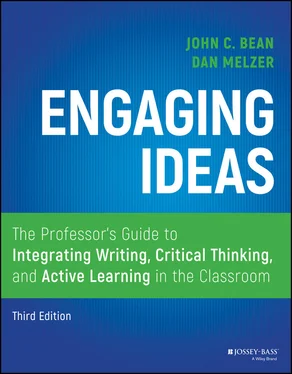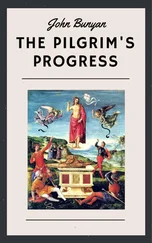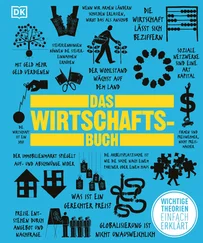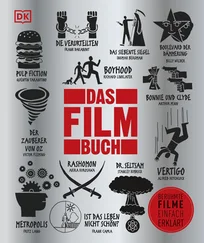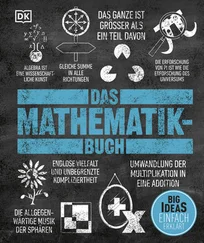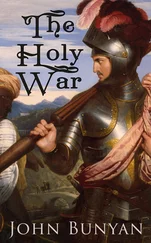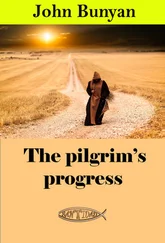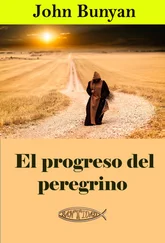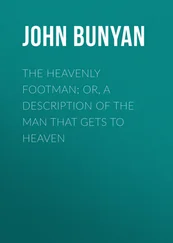Although experts largely agree on what critical thinking means, they often disagree on how to teach it or to assess it. One approach, which we might characterize as “psychometric,” disaggregates critical thinking into a variety of subskills such as making inferences, recognizing assumptions, and detecting fallacies. Practitioners then design exercises aimed at developing each subskill. Different scholars identify different sets of subskills. For example, Ennis (1996, 2006) has developed a taxonomy categorizing dozens of subskills under the headings of “dispositions” (three kinds) and “abilities” (fifteen kinds), and one researcher, as reported by Fawkes (2001), identifies 250 subskills. (For a comprehensive bibliography of the research literature and critical thinking textbooks arising from this approach, see Ennis, 2006.) Psychometric researchers have developed a variety of machine‐gradable multiple‐choice instruments to assess critical thinking skills. The most widely used of these are the Watson Glaser Critical Thinking Appraisal, the California Critical Thinking Skills Test, the Cornell Critical Thinking Test (Levels X or Z), and the California Critical Thinking Disposition Inventory (see Fawkes, 2001, for information about these tests).
However, this approach to critical thinking doesn't illuminate the relationship of critical thinking to writing—that is, to the generation of ideas and to the production of one's own arguments. Another strand of the critical thinking movement—focused on making arguments—is more helpful. Within this approach, critical thinking is taught and assessed by asking students to construct arguments in response to what cognitive psychologists call “ill‐structured problems”—that is, problems that cannot be solved algorithmically to yield a single right answer. Kurfiss (1988) defines critical thinking as “an investigation whose purpose is to explore a situation, phenomenon, question, or problem to arrive at a hypothesis or conclusion about it that integrates all available information and that can therefore be convincingly justified” (2). According to Kurfiss, an effective assessment of critical thinking would typically ask students to develop a “best solution” to an ill‐structured problem and to justify the proposed solution with appropriate reasons and evidence. This approach has influenced the developers of the Collegiate Learning Assessment (CLA) to design a critical thinking assessment based on writing rather than a multiple‐choice test (see Hersh, 2007).
The rest of this chapter explores in more detail the relationship between writing and critical thinking. It focuses first on the dialogic view of knowledge that underlies academic writing. It then describes students' difficulties in producing thesis‐based organizational structures, explores various theoretical explanations for these difficulties, and suggests pedagogical strategies for overcoming them through improved critical thinking. It concludes with an examination of the writing processes through which experienced writers, in a series of evolving drafts, discover, complicate, and clarify their ideas.
Writing, Thinking, and a Dialogic View of Knowledge
Our friend Skyler believes that he can disguise total ignorance with “good writing” because he thinks of knowledge as discrete bits of information separate from language. Before he can associate “good writing” with critical thinking, he needs to understand “knowing” in a new way.
The View of Knowledge Underlying Academic Writing
Students can start to appreciate this new way of knowing once they see how academic writing typically asks writers to join a conversation rather than to report information. Writers typically try to change their readers' view about something through analysis or argument. The conversation itself is rooted in a problem or question—often of a disciplinary nature—shared by the writer's targeted audience. The writer's own contribution should bring something new to the conversation. It springs from the writer's own critical thinking brought to bear on evidence relevant to the problem with awareness of counter‐evidence and alternative claims occasioned by different theoretical or methodological approaches.
However, as William Perry (1970) has shown in his classic study of students' cognitive growth through college, most of our students do not come to college seeing the world this way. Perry shows that most beginning college students view education dualistically, imagining knowledge as the acquisition of correct information and right answers. They see themselves as empty buckets being filled with data by their professors. To dualists, the only academic use of writing is to demonstrate one's knowledge of the correct facts—a concept of writing as information rather than as argument or analysis. Students in Perry's middle stages of multiplicity are beginning to accept the notion of opposing views, but they see these simply as “opinions”; because “everyone has a right to his or her own opinion,” they see little purpose in defending any particular view and thus are not compelled through the process of rigorous thinking that intellectually mature writing demands. It is not until they reach Perry's highest stages of development that a real need for reasoned argument begins to emerge.
A limitation of Perry's study is that he only traced the cognitive growth of male students. In their classic book Women's Ways of Knowing , Belenky, Clinchy, Goldberger, and Tarule (1986) add additional dimensions to Perry's scheme that account for women's experiences and ways of knowing. Belenky et al. describe early stages of female students feeling “silenced” by “received knowledge” presented as absolute truths from infallible authorities. Whereas Perry's students aligned themselves with authority in the dualistic stage, women in Belenky et al.'s study felt silenced and alienated by received knowledge. In later stages, Belenky et al. emphasize forms of thinking that rely not just on adversarial, critical analysis but on “connected knowing,” which involves understanding and empathizing with multiple perspectives in ongoing conversations.
What our beginning college students do not understand, therefore, is the dialogic view of academic life implied by writing across the curriculum. Within this view writing means joining a conversation of persons who are jointly seeking answers to shared questions—a discourse community. These readers and writers are interested in each other's ideas but also, in important ways, skeptical of them. Readers need to be persuaded by appropriate disciplinary uses of reasons and evidence. This view of academic writing implies an uncomfortable view of knowledge as dialogic, contingent, ambiguous, and tentative.
It follows that teaching academic writing means teaching students an unfamiliar way of looking at their courses and at knowledge itself. For a brief glimpse of a student being initiated into this uncomfortable world, consider for a moment the following transcript of a writing center conference in which the student had been asked to argue whether U.S. involvement in Central America in the last part of the twentieth century constituted imperialism.
Tutor: If I said, “Tell me whether or not this is imperialism,” what's your first gut reaction?
Writer: There are very strong arguments for both. It's all in how you define it.
Tutor: Okay, who's doing the defining?
Writer: Anybody. That's just it—there's no real clear definition. Over time, it's been distorted. I mean, before, imperialism used to be like the British who go in and take Hong Kong, set up their own little thing that's their own British government. That's true imperialism. But the definition's been expanded to include indirect control by other means, and what exactly that is I guess you have to decide. So I don't know. I don't think we really have control in Central America, so that part of me says no, that's not imperialism. But other parts of me say we really do control a lot of what is going on in Central America by the amount of dollars and where we put them. So in that sense, we do have imperialism … So the other big question on that, and why I brought in the balance of power, is, where are we allowed to cross the line and where are we not?
Читать дальше
